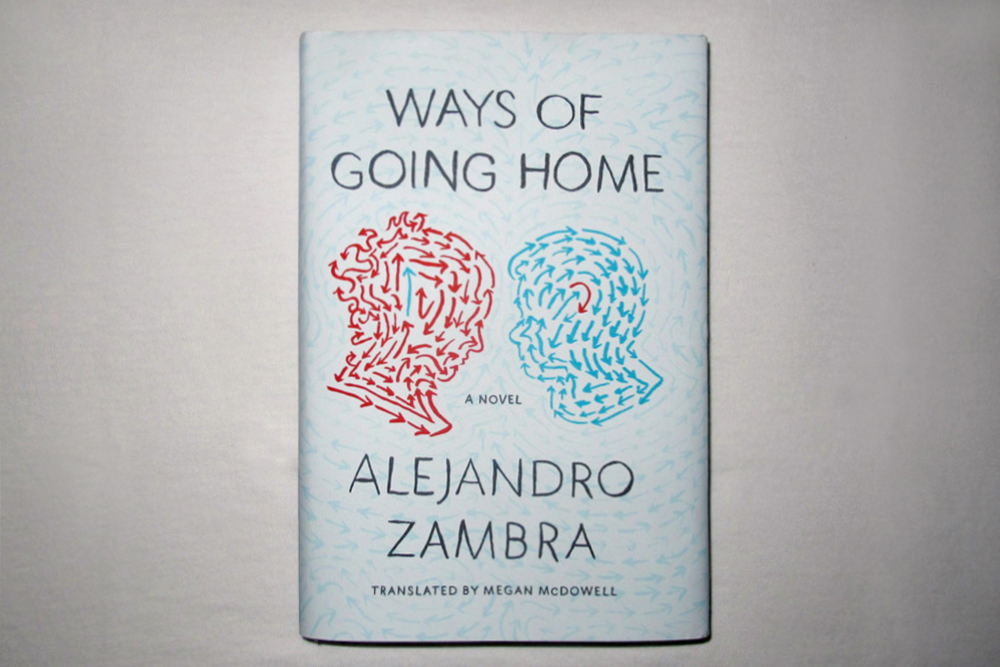
ALEJANDRO ZAMBRA'S 'WAYS OF GOING HOME'
Alejandro Zambra’s Ways of Going Home is the work of an author for whom brevity is a push back against the whitewashing of history. Relative to his novels which preceded it—The Private Lives of Trees and Bonsai—Ways of Going Home is an epic, yet it completes its telling in just under 140 pages. Why? “Sometimes, when we write, we wash away everything clean, as if by doing so we could advance toward something,” our narrator tells us. “We ought to simply describe those sounds, those stains on memory.”
Much like Zambra’s previous works, Ways of Going Home is didactic in its structure, a novel that weaves between fiction and nonfiction in order to illustrate how revisiting history often highlights its revision. For Zambra, a Chilean born in 1975, the two-and-a-half-decade Pinochet era is often at the core of this search; for him and his contemporaries, the period is as much a memory inherited from parents as it is a source of exploration, the outcome of which is often a glimmer of domestic half-truths that simply reveal more paths for exploration. His fixation, it seems, is on the other side of the truth—how the story has been changed, and why.
To illustrate his point, Zambra moves between two narratives. The first is that of our narrator, who attempts to revive a crumbling marriage while—or through, really—writing the story of our second narrator, a nine-year-old boy coming of age over the course of Pinochet’s rule. Split with two chapters each, the parallels are obvious and intentional—in each case, the narrator falls in love with a woman whose family is caught in a struggle to understand the implications of its involvement in the revolution. The ripple effect of that history is a theme Zambra carries through all of his works, each exploring the impact of second- or third-degree connections to these conflicts.
The line between the two tales is thin, as one might expect, and the intermixing is a method Zambra ultimately recommends—our narrator creates a story that is, at its outset, a beautified version of his own. On the surface, the act of writing proves to be cathartic, but its roots extend into the universal struggle of Zambra’s generation: revision is an inherent quality in our understanding of history, and the truth is found through distillation or dialectic, the interweaving of multiple narratives to highlight their basic parallels.
Of course, both stories end in dissolution, a direct reflection of Zambra’s notion that the truth reveals itself regardless of the route taken to it; the narrator, unable to rewrite his own history, arrives at the same conclusion. Ways of Going Home proves, as its title suggests, that there are multiple routes to the same center, but that the center always reveals itself. For Chileans on a search for familial truth, the lesson is often the same: “Parents abandon their children. Children abandon their parents. Parents protect or forsake, but they always forsake. Children stay or go but they always go.”
Ways of Going Home is out now from Farrar, Straus and Giroux.

















